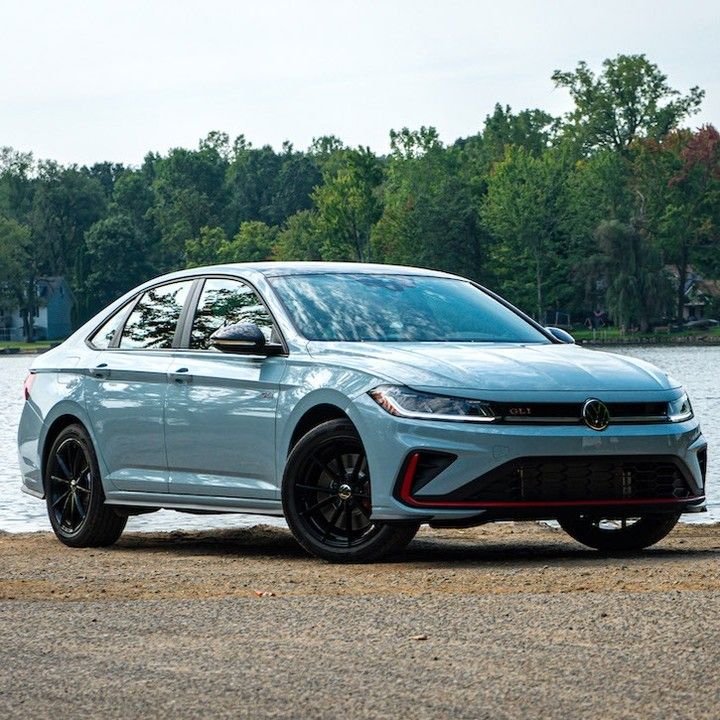A car’s suspension system is often the unsung hero beneath the bodywork—a mechanical marvel that dictates ride comfort, handling, and durability. For enthusiasts, a suspension that can take a pounding and still ride smoothly is a badge of honor.
Whether you’re tackling pothole-ridden city streets or bouncing through backroad trails, your car’s suspension makes or breaks the experience. That’s why seasoned drivers and mechanics alike praise vehicles known for their indestructible suspension setups—those that keep rolling without creaks, clunks, or costly repairs.
But not every car earns that kind of trust. Some are plagued with rattling suspensions, loose joints, and squeaky shocks that begin acting up before the warranty even ends. These vehicles may look stylish on the lot but turn into ticking time bombs once the bushings wear out or the struts give way.
In this article, we’re diving into the top 5 cars with bulletproof suspension systems—vehicles known to survive abuse from rough roads, aging mileage, and overloaded drives. Then, we’ll reveal the 5 cars that seem to fall apart the moment they leave the dealership, with owners complaining of clunks, shakes, and garage visits galore.
If you’re buying used, off-roading, or just craving peace of mind, this guide will steer you toward the cars that ride strong—and away from those that rattle your nerves.
5 Cars With Indestructible Suspension Systems
When it comes to rock-solid reliability and smooth gliding over rugged terrain or urban chaos, these five vehicles are built like tanks underneath. Owners swear by their ability to soak up punishment and keep going without a single complaint from the undercarriage.
ALSO READ: 5 Engines That Thrive on Cheap Gas and 5 That Demand Premium or Die
1. Toyota Land Cruiser
When you think of indestructible suspension, the Toyota Land Cruiser stands tall—literally and figuratively. Designed for off-road royalty, this SUV is engineered to take on everything from African deserts to urban potholes without flinching. Its beefy coil-spring suspension, paired with a rugged solid rear axle, has earned it legendary status in the world of 4x4s.
The Land Cruiser’s Kinetic Dynamic Suspension System (KDSS) enhances both on-road comfort and off-road articulation, making it a marvel of balance. Even after 300,000 miles, it’s not uncommon to see original components holding strong. That’s how overbuilt Toyota made this beast.
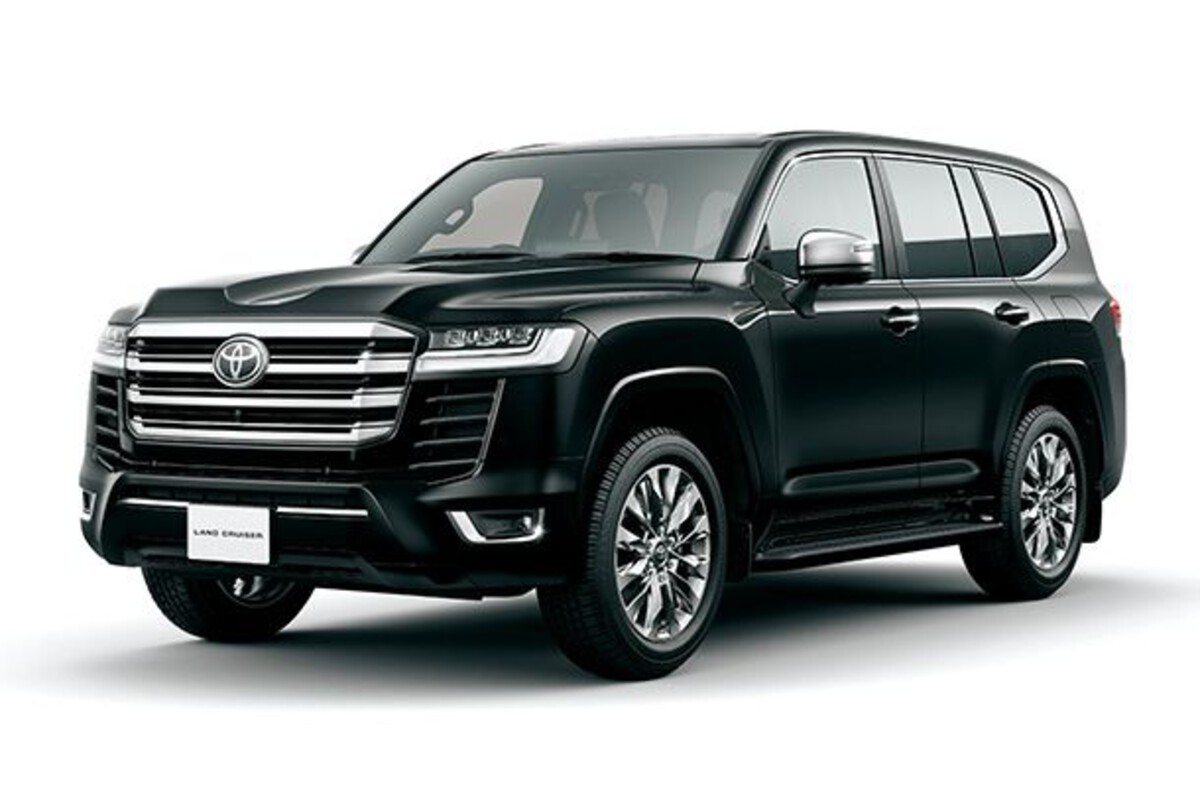
Owners report that even after decades of use, the suspension remains squeak-free, tight, and predictable. Whether you’re carrying a full load of camping gear, towing a boat, or blasting through a snowstorm, the Land Cruiser absorbs everything like a pro boxer shrugging off jabs.
Mechanics love it for its simplicity and ease of servicing. No unnecessary air ride gimmicks or plastic mounts—just pure, old-school durability.
If you’re searching for a car with bulletproof suspension reliability and unmatched off-road prowess, the Land Cruiser should be at the top of your list. It doesn’t just survive the road—it dominates it.
2. Honda CR-V
The Honda CR-V might not scream rugged beast, but don’t underestimate this crossover’s suspension longevity. Designed for daily driving excellence, its MacPherson strut front and multi-link rear suspension setup is tuned to absorb years of road abuse without flinching.
CR-Vs from the early 2000s to current generations are consistently praised for their smooth, quiet ride, especially over broken pavement and uneven terrain. Unlike many rivals in the compact SUV space, the CR-V rarely suffers from premature bushing wear or noisy control arms. It’s not flashy, but it’s fantastically functional.
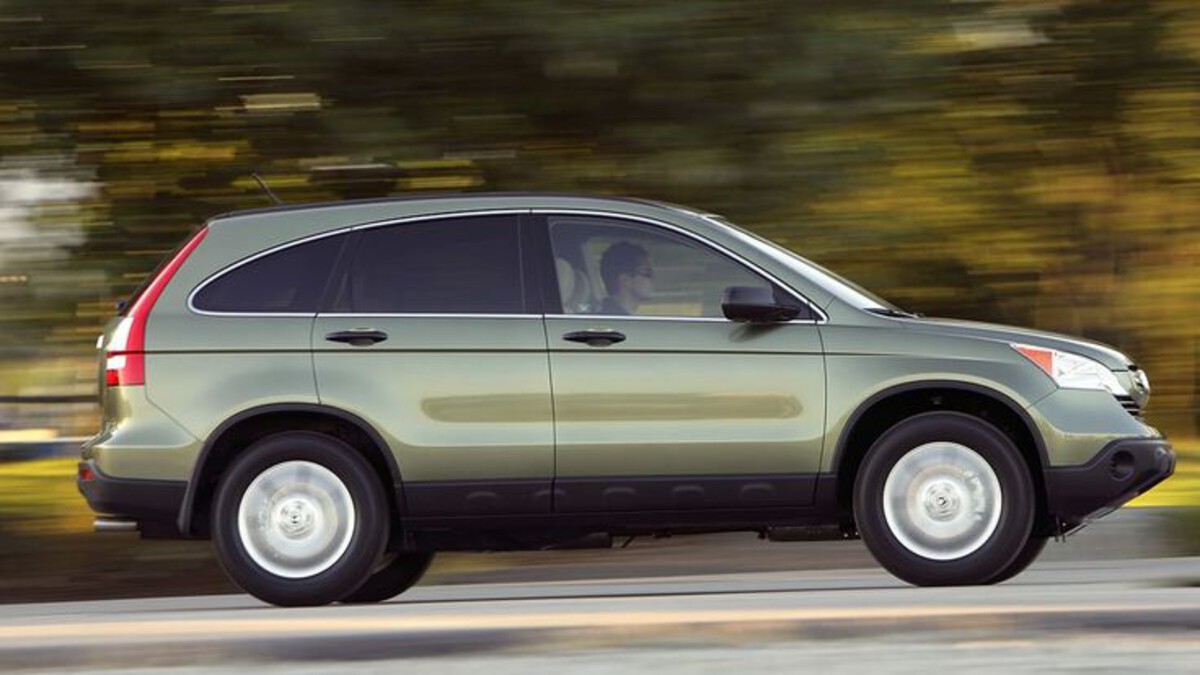
Even after hitting 200,000+ miles, many CR-Vs still maintain factory-level suspension performance, especially if paired with regular maintenance. What really makes it shine is the smart balance between comfort and control—enough damping for speed bumps and curvy roads, without sacrificing stability at high speeds.
This is the daily driver that keeps its composure, even when your commute feels like a rally course. Affordable, dependable, and built to take a beating without sounding like it’s falling apart—that’s the CR-V in a nutshell.
3. Mercedes-Benz W124
The Mercedes-Benz W124, produced from the mid-1980s to mid-1990s, is often regarded as the most over-engineered sedan ever built—and its suspension setup is a key reason. Built during a time when Mercedes engineers were given full freedom to design for quality over cost, this E-Class rides like silk over shattered roads.
The W124 features an independent front and rear suspension with gas-filled shocks and a sophisticated multi-link setup in the rear. It delivers supreme ride quality and astonishing durability, especially when paired with Mercedes’ legendary build quality. Even after 300,000 miles, it’s common to find W124s gliding over potholes without a squeak.
What sets it apart is the suspension’s ability to blend floaty comfort with precise road feedback. Whether cruising at 80 mph or navigating
streets, the W124 remains eerily composed.
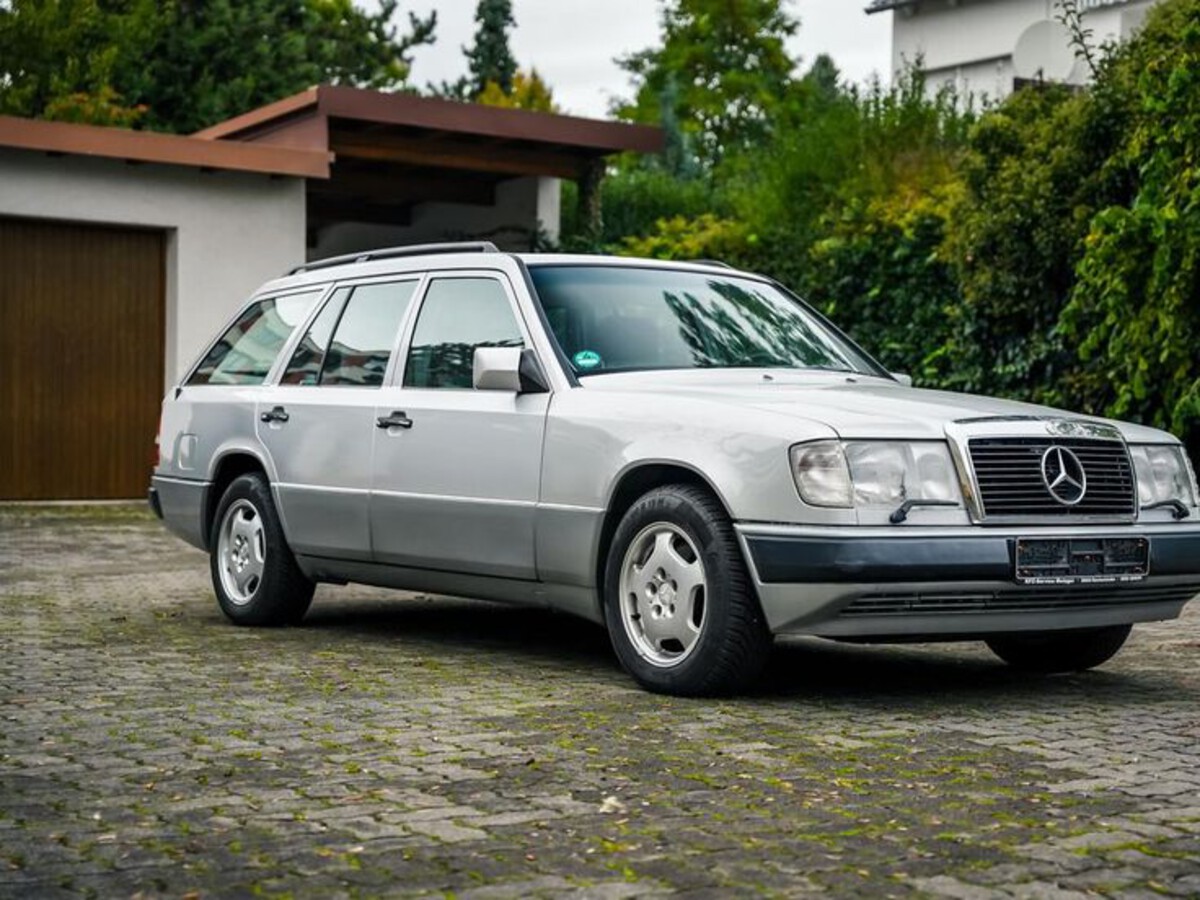
Owners and collectors routinely rave about how seldom suspension components need replacement. You won’t hear clunks, creaks, or groans—just a stately glide.
If you want a timeless classic that rides better than many modern cars and seems immune to the usual wear and tear, the W124 is a masterpiece.
4. Subaru Outback
The Subaru Outback has earned a cult following not just for its all-wheel drive confidence, but also for its tough-as-nails suspension. Designed for a mix of urban commuting and off-the-map adventures, the Outback’s long-travel suspension offers impressive ground clearance while absorbing abuse like a champ.
Subaru outfits the Outback with MacPherson struts up front and a double-wishbone setup in the rear. It’s a combo built to withstand snow, slush, gravel, and every bump in between. Whether you’re navigating a remote trail or taking on a brutal winter, the Outback keeps you grounded, without feeling every pebble.
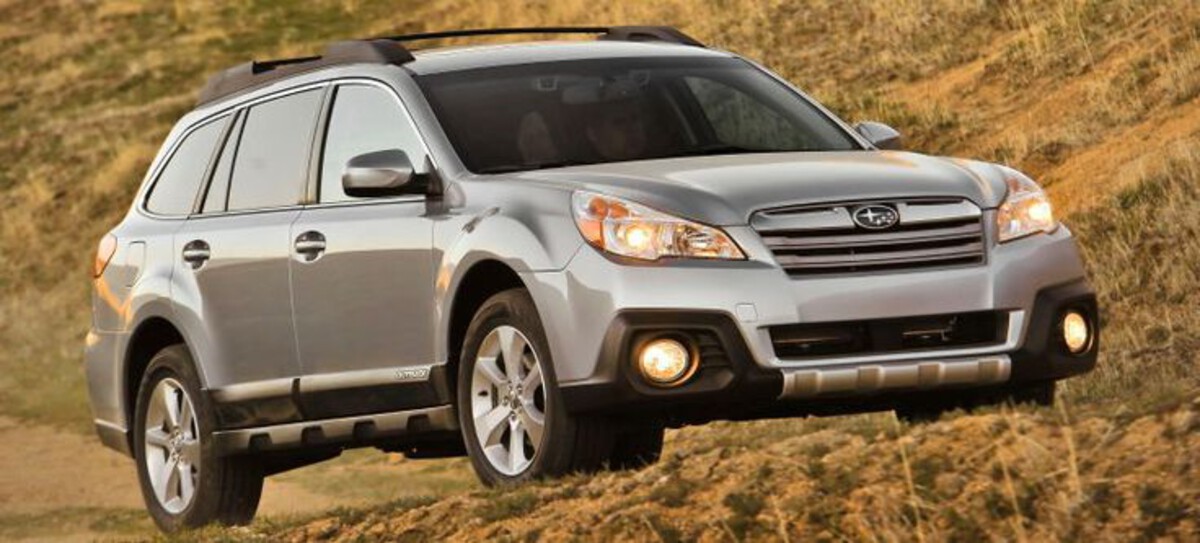
The suspension components are known for longevity. It’s not rare to see Subarus with original shocks still performing well beyond 150,000 miles. Even older Outbacks maintain structural rigidity and composure on rough surfaces, which is no small feat in the crossover segment.
It’s not just for adventurers. Families love it for its comfort. Mechanics love it for its ease of service. And drivers love it for giving them confidence in any condition.
5. Lexus GX
The Lexus GX is basically a luxury-draped Land Cruiser Prado, and it shares the same suspension DNA that makes Toyota’s toughest vehicles famous. But it adds a bit of Lexus refinement to the toughness.
Underneath, the GX sports a body-on-frame platform with a solid rear axle, coil springs, and optional KDSS (Kinetic Dynamic Suspension System) that allows incredible articulation off-road while remaining composed on pavement. This means you get the best of both worlds—rugged trail capability and smooth city comfort.
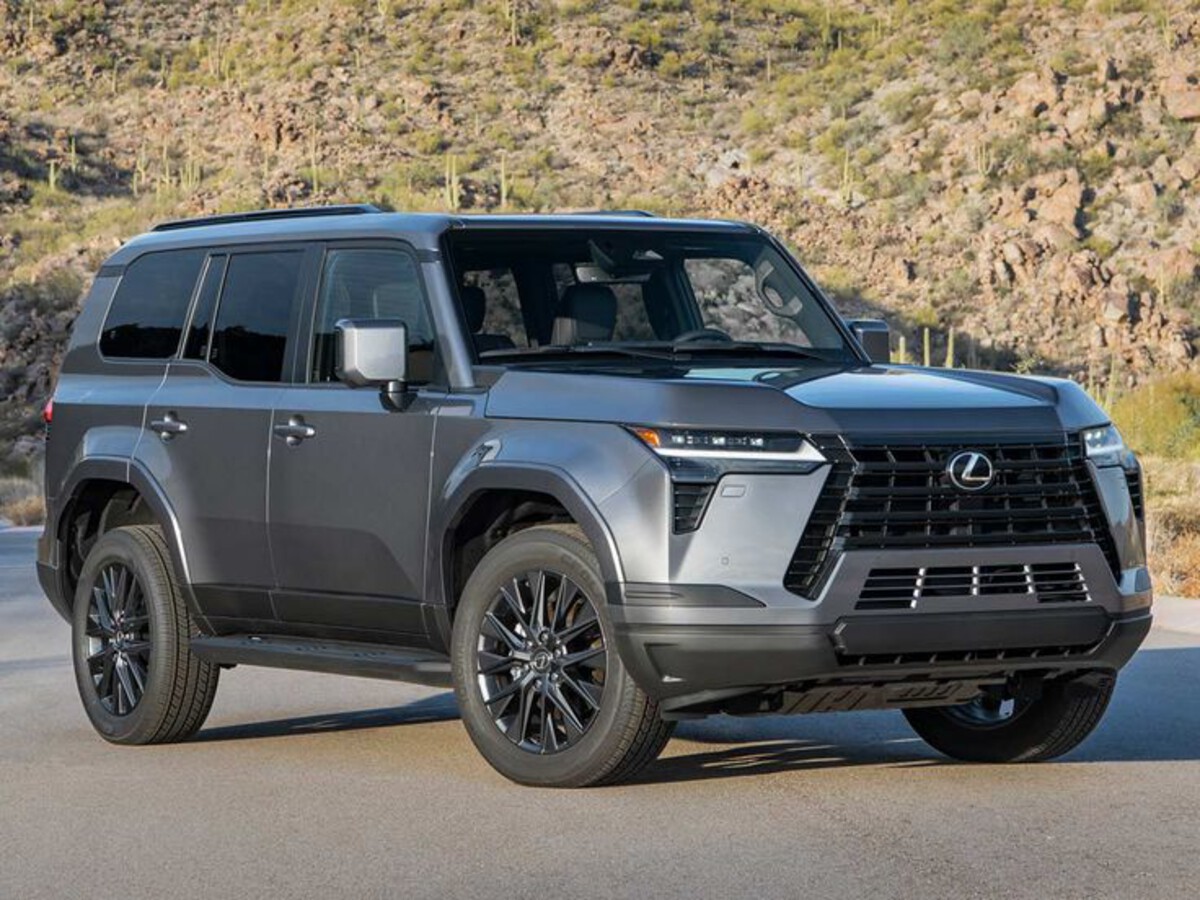
Even with daily abuse, GX owners report minimal suspension noise or failure. Components like bushings and control arms are built thick, and the ride quality holds up over the years of driving. It’s a common sight to find GX models well past 200,000 miles still performing without rattles or creaks.
Whether you’re climbing mountain trails or chauffeuring clients, the GX handles everything without a whisper of complaint. Add Toyota’s legendary reliability, and you’ve got a luxury SUV that’s practically indestructible under pressure.
5 Cars That Constantly Rattle
They might look sleek and drive smoothly at first, but these five cars are notorious for their rattling suspensions. Weak components, cheap bushings, and thin materials make them high-maintenance nightmares that rattle long before they rack up the miles.
ALSO READ: 5 Toyota Hybrids With Long Lives and 5 That Constantly Glitch
1. Jeep Compass
The Jeep Compass may wear the Jeep badge proudly, but when it comes to suspension durability, it’s more poser than performer. Despite marketing itself as a rugged SUV, the Compass has a reputation for creaky suspensions, clunky struts, and premature component wear—especially in models prior to 2022.
Owners frequently report front suspension noises, especially when going over bumps or during slow turns. The culprit? Weak control arm bushings, low-grade sway bar links, and under-engineered struts that seem to give up far too soon. Even newer models aren’t immune—rattles and knocking noises appear well under 50,000 miles in some cases.
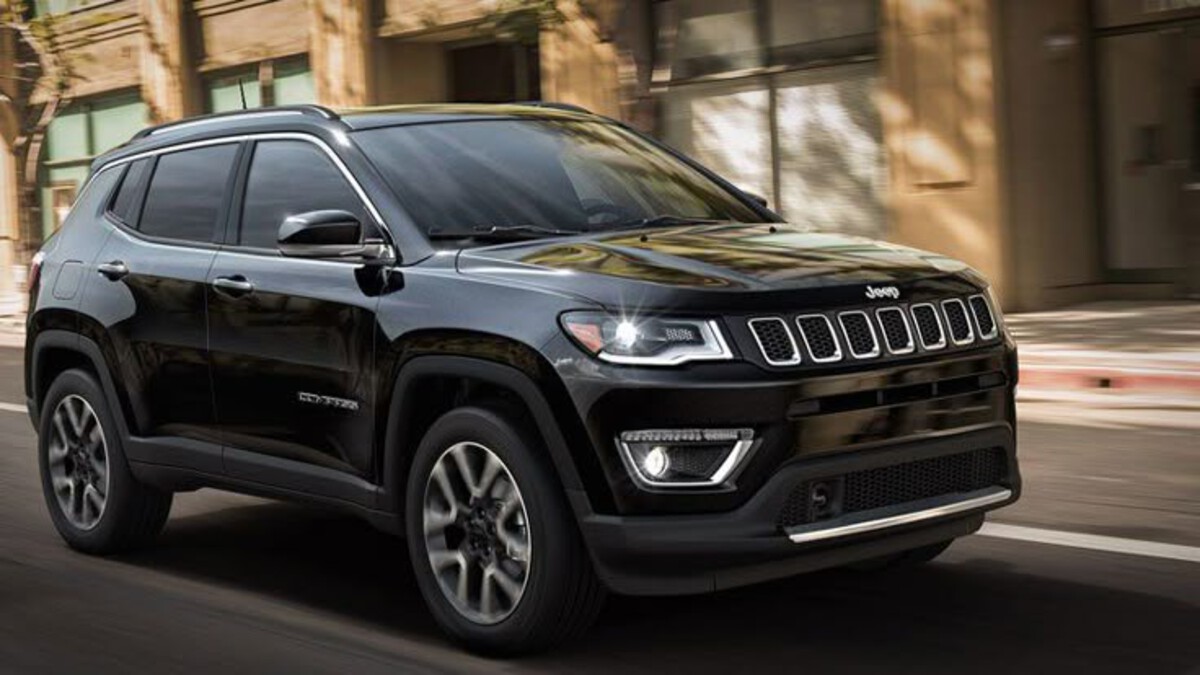
What’s more frustrating is that many repairs require full replacements rather than simple fixes, adding to labor and cost. For a vehicle that’s supposed to handle rugged terrain, the Compass ironically rattles more on paved roads than some trucks do on trails.
If your idea of a Jeep includes long-term toughness and reliability, the Compass sadly falls short. The looks are there. The badge is there. But the suspension? Not so much.
2. Chevrolet Malibu
Once a household name for affordable midsize sedans, the Chevrolet Malibu has become a disappointment when it comes to suspension longevity. Especially in models between 2008–2016, the Malibu is notorious for clunking front ends, squeaky struts, and groaning bushings—all far too early in its life.
Drivers often notice a gradual degradation in ride quality, eventually leading to rattles that can be heard (and felt) even at low speeds. It’s not uncommon for Malibu owners to replace struts, mounts, and sway bar links before reaching 60,000 miles. That’s unacceptable for a vehicle in this class.
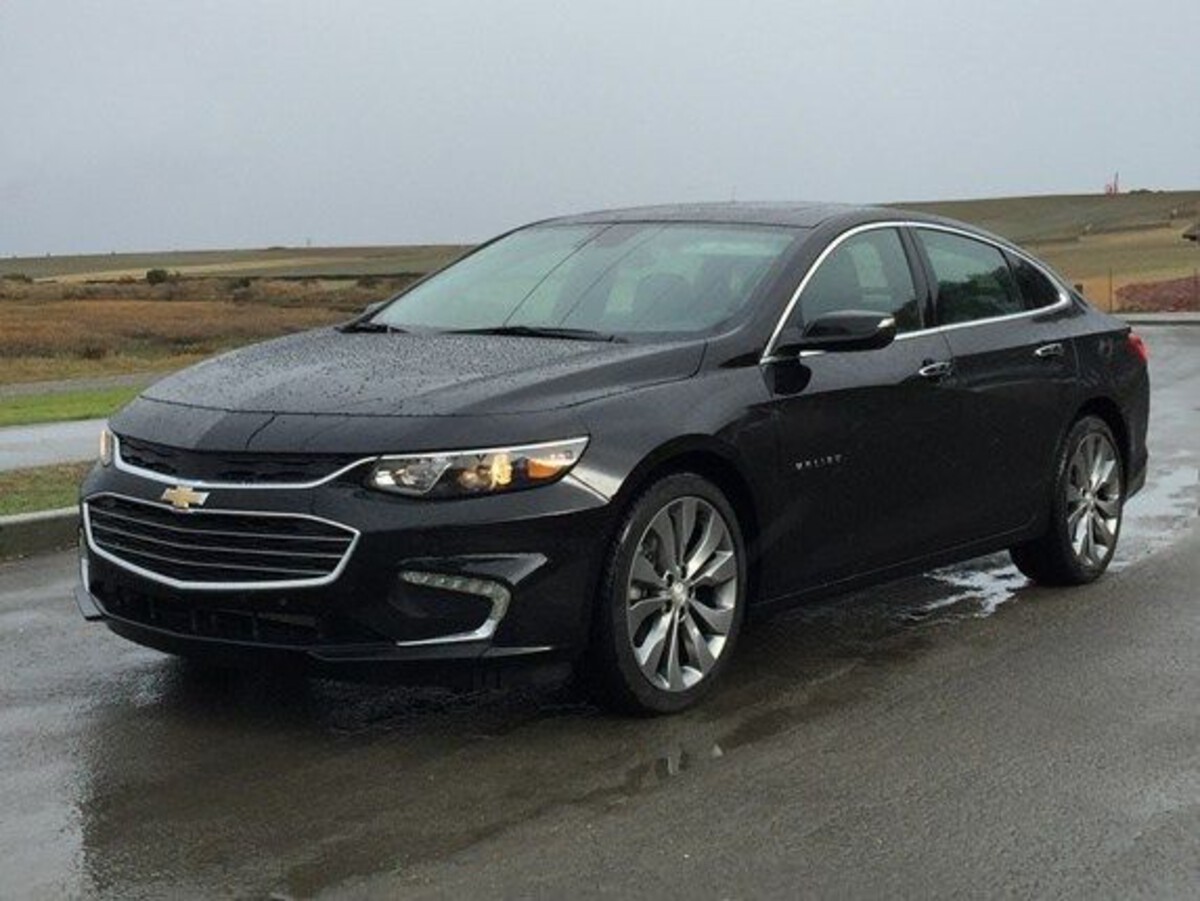
The problem? GM’s cost-cutting measures led to thinner, less durable materials in key components—ones that don’t handle real-world road wear well. Potholes, speed bumps, or even aggressive cornering can cause stress on already fragile suspension geometry.
While it may still offer decent mileage and tech, the Malibu lacks mechanical robustness. If you’re looking for a smooth, quiet, and rattle-free drive for years to come, you might want to skip this bowtie.
3. Ford Escape
The Ford Escape promises versatility and comfort, but underneath the sleek bodywork lies a suspension system that often fails to go the distance. Particularly in 2013–2019 models, this compact SUV is riddled with suspension gremlins—rattling rear ends, worn-out bushings, and struts that beg for retirement early.
Escape owners commonly experience thuds and clunks when going over uneven roads. The culprit often lies in cheap rubber bushings that degrade quickly, combined with poorly sealed struts and fragile sway bar links. Rear trailing arms, especially, are a known weak point.
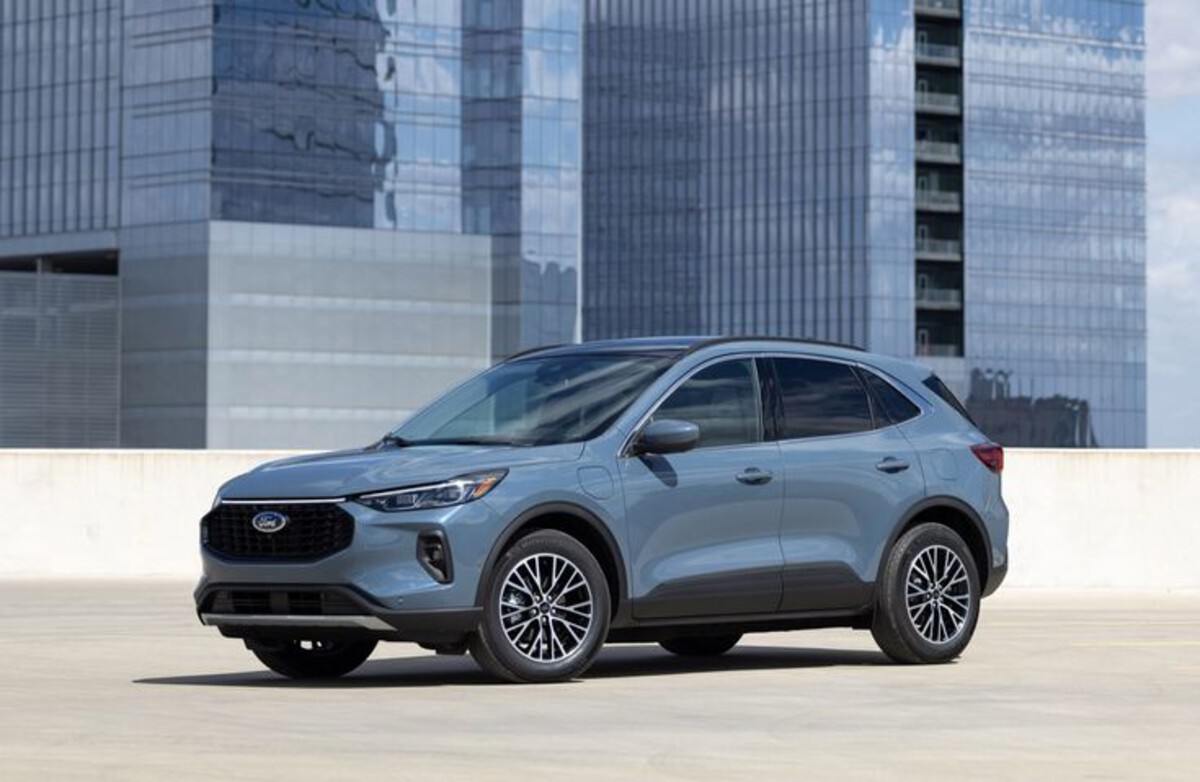
Even with routine maintenance, it’s not uncommon for drivers to need full suspension rebuilds before hitting 100,000 miles. That’s a headache most SUV owners don’t want.
The Escape’s suspension isn’t tuned for long-term abuse. It does fine when brand-new, but its composure fades fast. Add that to its complex AWD system that can amplify drivetrain noises, and you’re left with a vehicle that often sounds worse than it drives.
Bottom line: It might escape showroom scrutiny, but long-term owners know the truth—it rattles way too soon.
4. Nissan Altima
The Nissan Altima has long been a popular pick in the midsize sedan segment, but its suspension system tells a different story. Despite a reputation for affordability and fuel efficiency, the Altima often falls apart—literally—when it comes to long-term suspension durability.
Owners frequently complain about rattling noises from the rear, noisy struts, and vibrations in the cabin. Many of these problems are traced back to prematurely failing shock absorbers and rear suspension mounts. Nissan’s cost-cutting during the late 2000s and early 2010s led to suspension parts that simply don’t last.
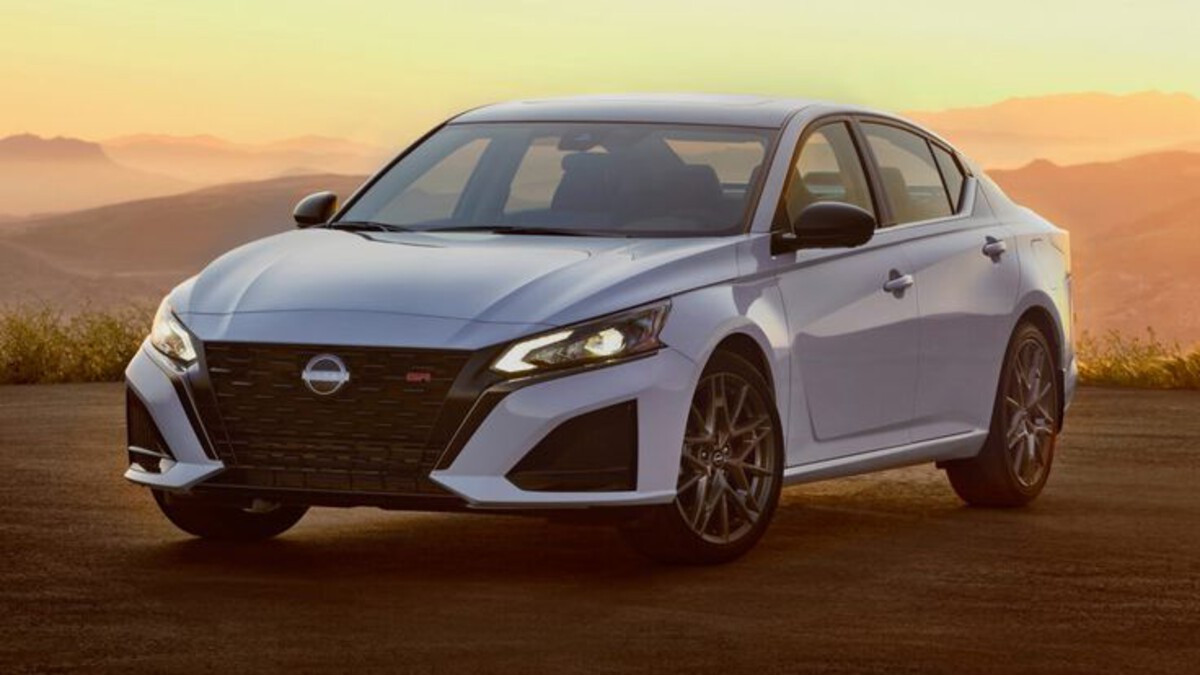
Even on well-maintained Altimas, it’s not unusual to see suspension repairs cropping up before 70,000 miles. Some users report hearing noises just months after purchasing the car, especially when driving over speed bumps or rough asphalt.
To make matters worse, the repairs aren’t always cheap. Poor design choices sometimes require replacing entire assemblies just to fix a small component.
If you’re in the market for a quiet, comfortable sedan that doesn’t sound like it’s falling apart after a few years, the Altima may not be your best bet.
5. Volkswagen Jetta
The Volkswagen Jetta may offer German engineering at a competitive price, but it doesn’t always deliver in the durability department, especially when it comes to suspension components. While the Jetta handles beautifully when new, things can get noisy really fast.
Common issues include clunking from the front suspension, worn-out control arms, and soft bushings that don’t hold up to real-world driving. The multilink rear suspension in certain models, though sophisticated, is prone to noise as the miles pile up.
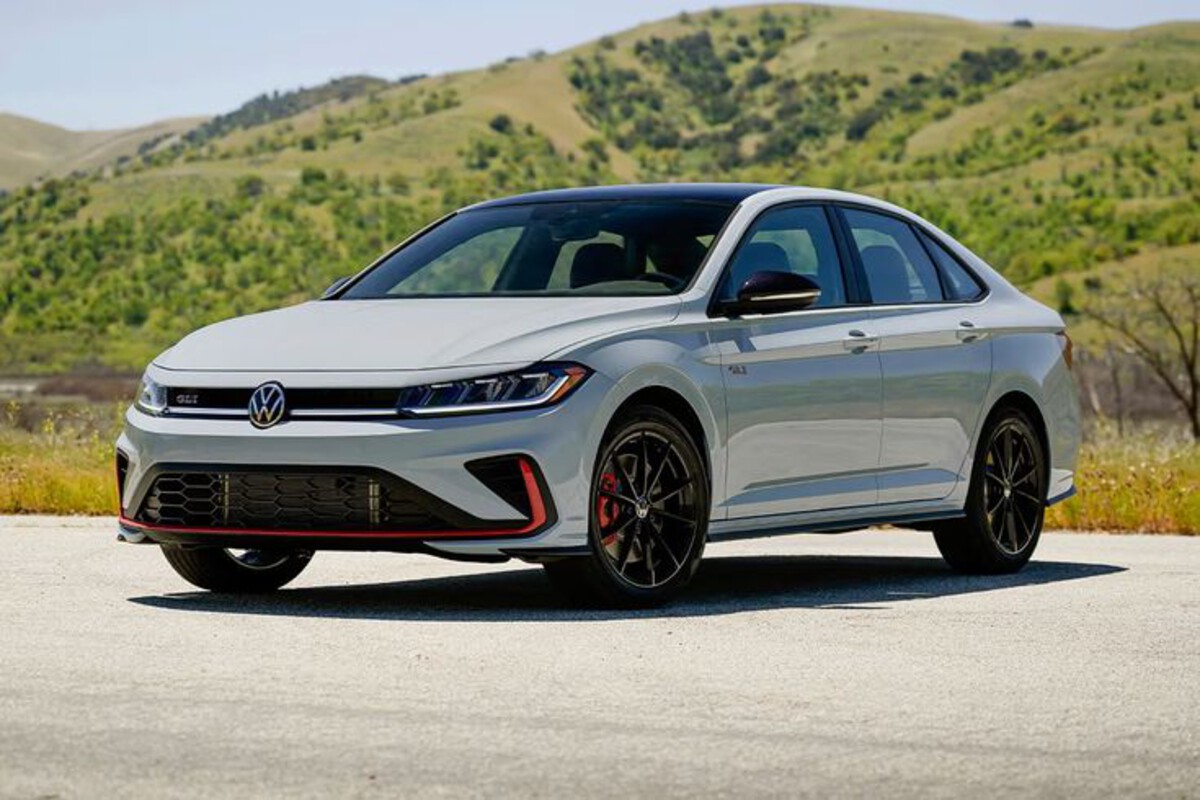
Many Jetta drivers report having to replace suspension parts much earlier than expected—often before hitting 80,000 miles.
The Jetta is especially vulnerable to rattles on rough roads, and some mechanics blame its complex suspension design for being over-engineered yet under-built. The result is a car that rides firm but rattles like a toolbox on gravel once the miles stack up.
It’s a shame because the Jetta offers excellent steering and a sporty drive. But without suspension reliability to back it up, that crisp handling is constantly interrupted by annoying noises and costly repairs.
Suspension might not be the sexiest topic in the automotive world, but it’s one of the most important. A car can have the best engine, killer looks, or advanced tech—but if the suspension is weak, your driving experience will be anything but smooth. Creaks, clunks, and rattles are more than just annoying—they’re signs of hidden costs and impending repairs.
The vehicles we’ve highlighted with indestructible suspension systems—like the Land Cruiser, Lexus GX, and Honda CR-V—prove that strength under pressure pays off. These cars aren’t just resilient; they offer peace of mind. They stay quiet, firm, and confident long after others have fallen apart.
On the flip side, the rattle-prone rides like the Jeep Compass and Nissan Altima are cautionary tales. What starts as a subtle squeak can quickly evolve into a symphony of frustration and a series of garage visits.
So, whether you’re a diehard enthusiast, a weekend adventurer, or a daily commuter, remember—the best cars aren’t just built to move. They’re built to last. And your suspension system tells that story better than any badge or brochure ever could.

